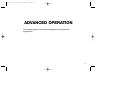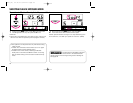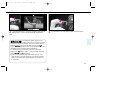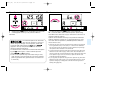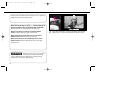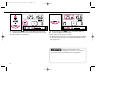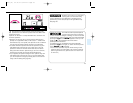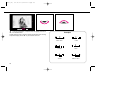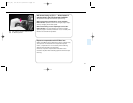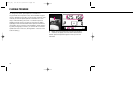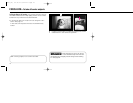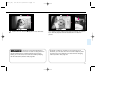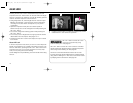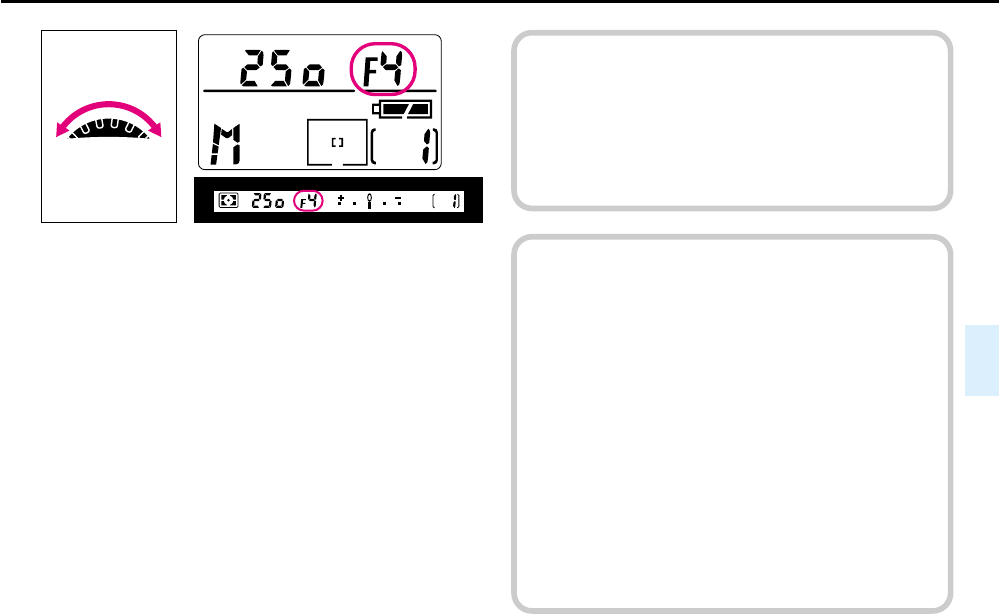
65
3
Set aperture by rotating the Sub-Command Dial. (Lens’
aperture set to its minimum position with CPU Nikkor lens
other than G-type.)
Aperture can be set in 1/3 steps between lens’ maximum and
minimum apertures.
•Aperture can also be set by rotating the lens aperture ring
(except for G-type Nikkor lens). In this case, ƒ-- blinks in the
viewfinder and top LCD panel, and aperture can be confirmed
only through the aperture direct-readout in the viewfinder.
•To select minimum aperture with the lens aperture ring with
CPU Nikkor lens other than G-type, make sure to also set
aperture to minimum with Sub-Command Dial; the reason
being that when the lens’ aperture ring is set to its minimum,
aperture set with Sub-Command Dial will be effective.
•If you regularly set aperture using the lens’ aperture ring with
CPU Nikkor lens other than G-type, it is recommended that
you cancel aperture change by rotating Sub-Command Dial
using Custom Setting #22 (page 90).
x
The selected shutter speed/aperture
can be locked using the lock function
to avoid accidental changes of settings. To lock the shutter
speed/aperture, rotate the Main-/Sub-Command Dial while
pressing the — button. x appears in the top LCD
panel and Ò in the viewfinder above the shutter
speed/aperture indications.
To release the lock, rotate Main-Command Dial while
pressing the — button again, or select another exposure
mode. x and Ò disappear.
•Lock function operates only with lenses having a CPU,
when the lens is set and locked at its minimum aperture.
(With G-type Nikkor lens, aperture does not need to set
to minimum.)
c
Aperture can be set not to change by
rotating Sub-Command Dial using
Custom Setting #22. Set aperture by rotating the lens’
aperture ring in this case (except for G-type Nikkor lens).
See page 90.
P400 (E) 02.12.27 6:42 PM Page 65



